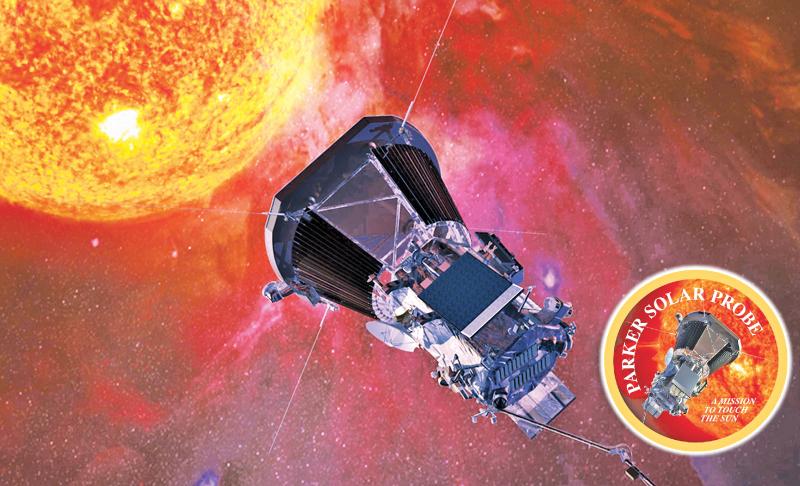

We all know the nursery rhyme “Twinkle Twinkle Little Star”. If you look at the night sky, you will see millions of tiny flickering dots – stars, which are far, far away. But you do not have to look that far to catch a star. Our Sun is a star too and it gives us light and energy. In fact, there would be no life on Earth without the Sun. Our Earth travels around the Sun every day and night comes when the Earth faces away from the Sun. Eight other planets from Mercury to Uranus also go around the Sun. Together, the planets are called the Solar System.
The Sun is by far the largest object in the solar system. It contains more than 99.8% of the total mass of the Solar System. The Sun is an 'ordinary' star and there are many others similar to it. But there are many smaller stars than larger ones and the Sun is in the larger group. The Sun is revered in many mythologies: the Greeks called it Helios and the Romans called it Sol. In Sinhala and Tamil, the Sun is referred to as Surya (Sun God).
But we know very little about the Sun. Sometimes we say the “Sun is too hot”. If the Sun’s heat is so powerful millions of kilometres away, one can imagine how hot it is on the Sun’s surface itself. Our body temperature is 37 Celsius, water boils at 100 Celsius, but the Sun has a surface temperature of about two million Celsius, which we cannot even imagine. Even in the outer layers, it does not get below 5,000 Celsius.
How do we learn more about the Sun ?
 Obviously, no living being can go anywhere near the Sun. Even normal robotic spacecraft will burn long before they reach the Sun. So scientists designed a special spacecraft that can go much nearer to the Sun than any other spacecraft. It is called the Parker Solar Probe, which was launched on August 12.
Obviously, no living being can go anywhere near the Sun. Even normal robotic spacecraft will burn long before they reach the Sun. So scientists designed a special spacecraft that can go much nearer to the Sun than any other spacecraft. It is called the Parker Solar Probe, which was launched on August 12.
Parker, named after scientist Eugene Parker, is intended to fly as close as five million kilometres from the surface of the Sun. This is seven times closer than the previous closest spacecraft to the Sun, Helios 2 in 1976. It has a Thermal Protection System heat shield that acts as the main source of protection from the Sun’s heat and radiation. Safe inside the spacecraft, however, the probe’s scientific instruments will be operating at room temperature.
The whole mission will take just under seven years. During this time, the probe will complete 24 orbits of the Sun. To get so close to the Sun, the probe needs to be slowed down. This is achieved by flying near Venus and using the gravity of the planet to reduce the probe’s speed. The Parker Solar Probe will fly around the planet seven times. Each time the probe flies by Venus, it gets closer and closer to the Sun.
The solar probe will be the first spacecraft to fly through the Sun’s corona, the outermost part of the star’s atmosphere. The probe will face severe heat and radiation during the epic journey. On its closest approach to the Sun, the probe will be traveling at approximately 692,000 Kilometres per hour.
Scientists expect Parker to shed light not only on our own Sun, but the billions of other stars out there in the Milky Way (our galaxy) and beyond. But if you want to learn more about the Sun, one word of advice – never, ever look directly at the midday Sun with your naked eyes, because your eyesight could be permanently damaged.
